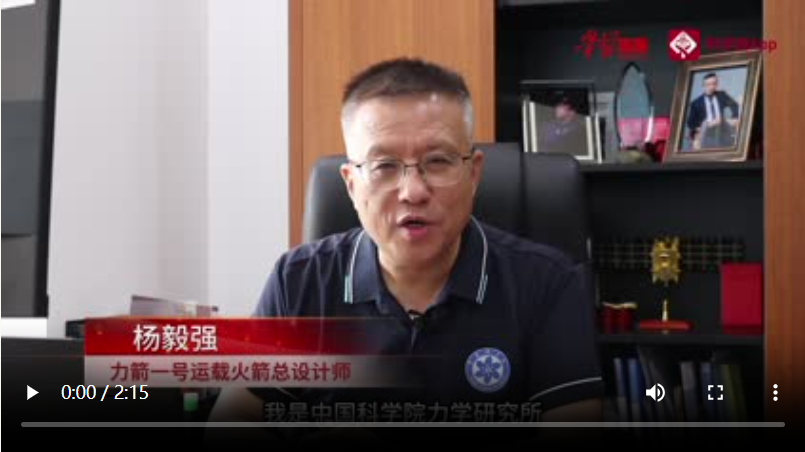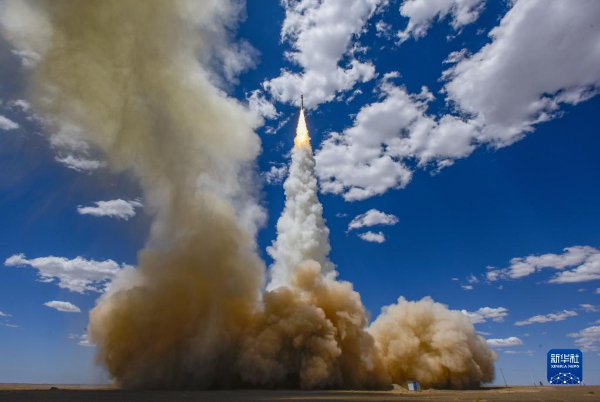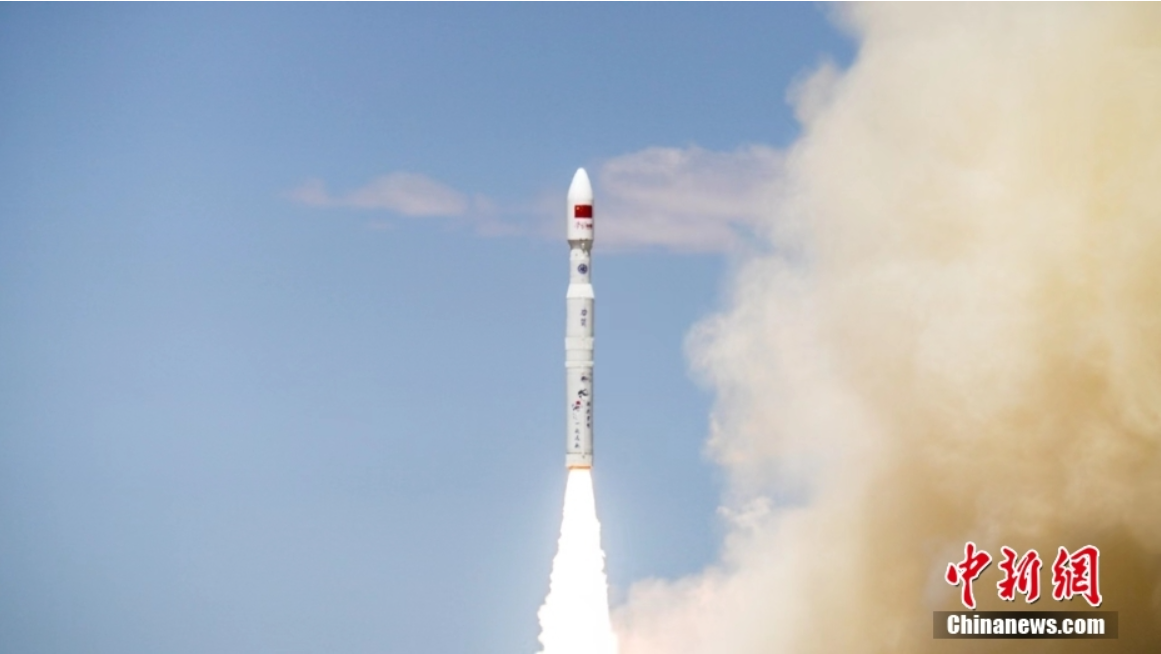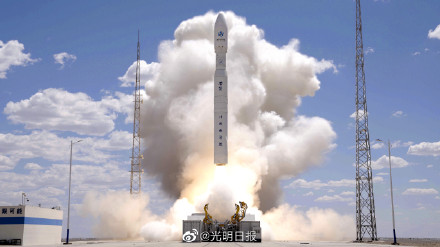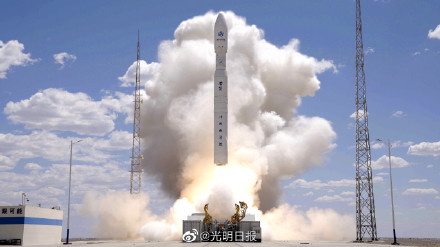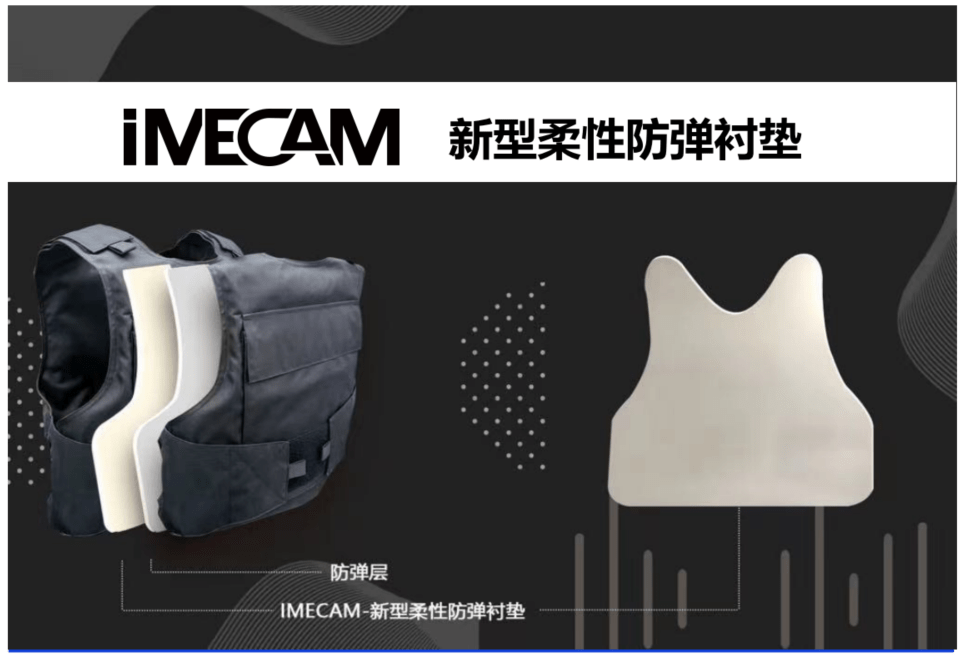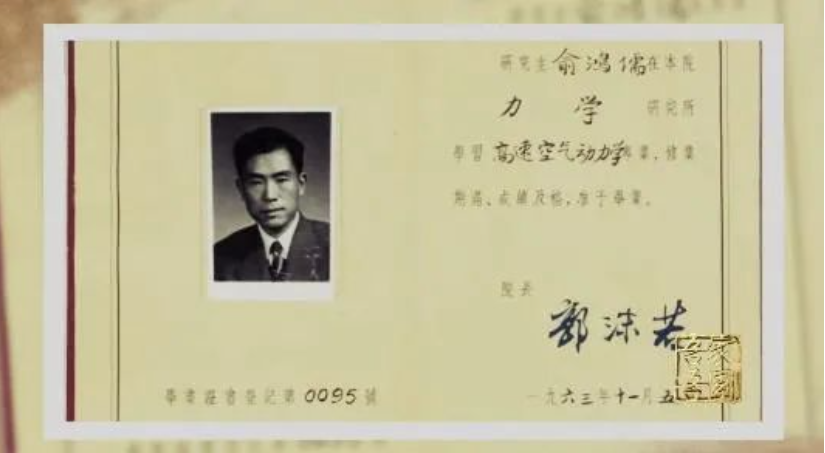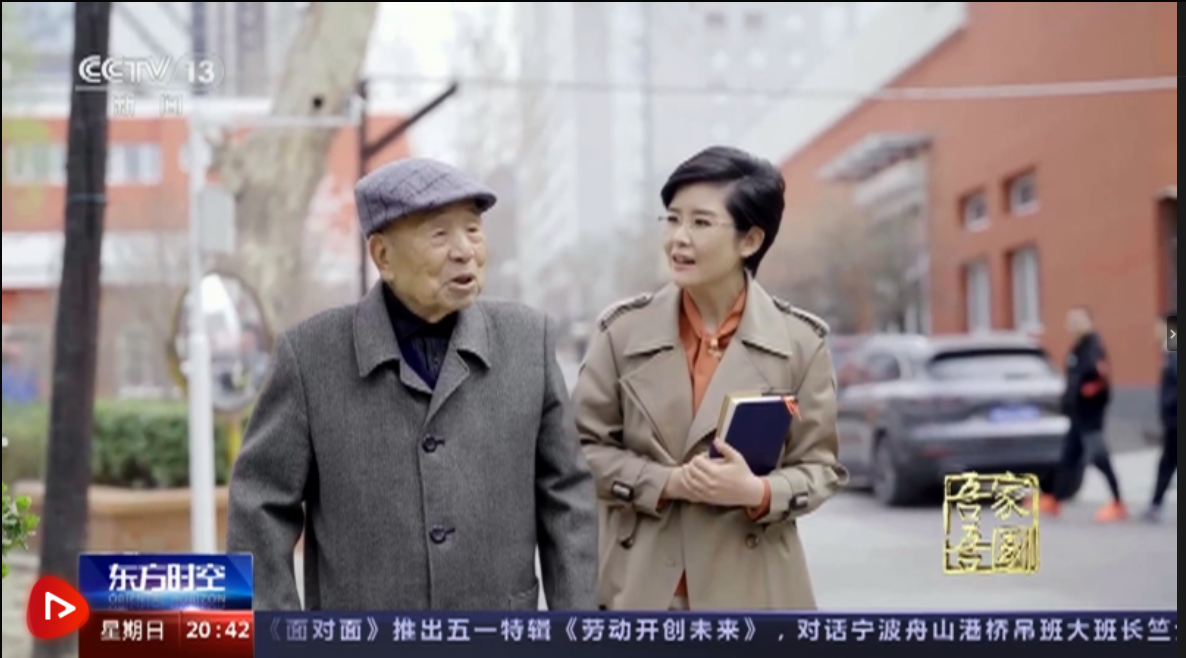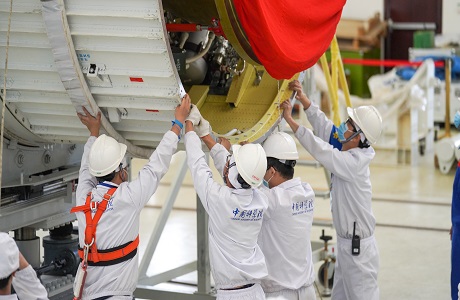IMECH in Media
-
【Science News】Scientists Answer Letters | Yang Yiqiang: What's so great about China's most powerful solid rocket, the Power Arrow IA few days ago, the "Learning Power" platform and China Science News launched the "Scientists Reply" event. It allows readers to ask questions and leave messages for the scientists and skilled workers they look up to. Since the start of the event, both "Learning Power" and the "Science Net App" have received numerous messages from their readers. We have chosen June's inquiry and requested Yang Yiqiang, Chief Designer of the Power Arrow 1 launcher, to send the twelfth response letter.Aug 02, 2023
-
【Xinhua News】Successful launch of the Power Arrow 1 Remote 2 Launch VehicleJIUQUAN, 7th June (Xinhua) - At 12.10 p.m. on 7th June, the Power Arrow 1 Remote 2 Launch Vehicle (RTR2LV) successfully launched from Jiuquan Satellite Launch Centre in China. It used a "one-arrow, 26-star" technique to place the test satellite into the intended orbit smoothly.Jun 08, 2023
-
【Zhongxin News】"Power Arrow 1 Remote 2 Launch Vehicle Successfully Launches 26 Stars, Setting a Record for China's Multi-Star Launch VehicleOn 7th June, the Chinese Academy of Sciences (CAS) reported that at 12.10 p.m. Beijing time on that day, they had launched the Power Arrow 1 Remote 2 Launch Vehicle (R2LV) from the Jiuquan Satellite Launch Centre (JSLCC). The IMSC, in collaboration with CASA, developed the R2LV. The launch successfully placed 26 satellites into a set orbit, breaking China's record of launching numerous satellites with one rocket.Jun 07, 2023
-
【Guangming Online】Successful launch of the Power Arrow 1 Remote 2 Launch VehicleThe Power Arrow 1 Remote 2 Launch Vehicle (R2LV) launched from the Jiuquan Satellite Launch Centre at 12.10 am on 7th June. The Institute of Mechanics of the Chinese Academy of Sciences, along with China National Aerospace Corporation (CNAS), developed it. The "one arrow, 26 stars" launch method was used, and China set a new record for its one-arrow-multi-star mission. The mission was a complete success.Jun 07, 2023
-
【Science News】Setting a new record for multiple stars in one rocket! Successful Second Flight of Power Arrow 1 Launch VehicleAt 12.10 am on 7 June, the Chinese Academy of Sciences' Institute of Mechanics successfully launched the Power Arrow 1 Remote 2 Launch Vehicle (R2LV) from Jiuquan Satellite Launch Centre. China National Aerospace Corporation (CNAC) also participated in the development of this vehicle. The launch, done via a 26-star "one-arrow" mission, broke China's record for one-arrow, multiple-star missions.Jun 07, 2023
-
【Real China through a Canadian Professor's Eyes】One-rocket, 26-star Rikyu-1 Remote 2 Launch Vehicle Launched SuccessfullyBEIJING, 7th June (Xinhua) - The Institute of Mechanics of the Chinese Academy of Sciences (CAS), with the involvement of China National Aerospace Corporation (CNAC) launched the Power Arrow 1 Remote 2 Launch Vehicle (R2LV) from Jiuquan Satellite Launch Centre at 12:10 PM on 7th June. The satellite launch took the form of "one arrow and 26 stars". All test satellites onboard have been placed in the intended orbit with success.Jun 07, 2023
-
【SOHU】Floating on water using non-Newtonian fluids? Chinese scientists develop flexible smart impact-resistant material factor"Floating on water" is a common sight in martial arts movies, but it's hard to replicate in real life. However, with a specific non-Newtonian liquid, we can produce a similar outcome. Non-Newtonian liquids are fluids that differ from Newtonian fluids. Newtonian fluids like air and water have a set thickness, and their shear stress correlates directly with their shear strain rate. Non-Newtonian liquids, like milk, asphalt, and starch paste, have a non-linear relationship between shear stress and shear strain rate. Their thickness can fluctuate.May 19, 2023
-
【People's Daily Online】The "east wind" is strong! He said he was just a small favour.Yu Hongru, an aerodynamicist and academician of the Chinese Academy of Sciences, is known as "the first person in China's excited wave wind tunnel".May 02, 2023
-
【CSTNET】"Power Arrow" Sheathed, Straight to the Ninth Heaven - Remembering the Development Team of Power Arrow 1 Launch VehicleThe Chinese Academy of Sciences (CAS) gave out awards on 11 February. The Power Arrow 1 launch vehicle development team (also known as the Power Arrow 1) won the "CAS Team of the Year" title in 2022. This research group achieved remarkable outcomes in the last five years.Apr 10, 2023
